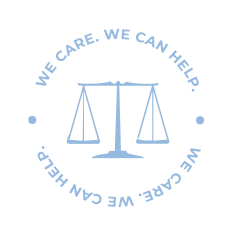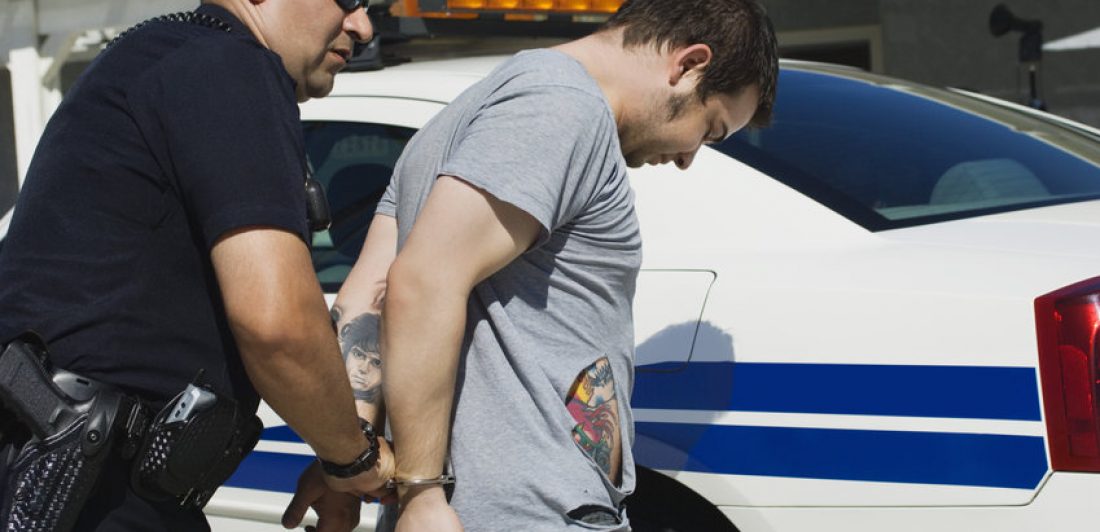Every day, people use the terms protective order and restraining order interchangeably. It isn’t a stretch to do so, given that both are used to order one party not to contact or go near another party, their home, family, work, or children’s school. However, there are significant differences between the two orders and how courts and police departments use them.
Generally speaking, protective orders are typically associated with family violence. In Texas, protective orders are typically issued when you’ve been a victim of violence, stalking, or sexual abuse. On the other hand, restraining orders are generally not associated with criminal cases, and are almost always linked to civil case proceedings.
There are differences between the two, and it is critical for someone going through a divorce to know the difference to better understand their rights and obligations to the court order.
What is a protective order?
A protective order is granted when the Court finds that there is a clear and present danger of violence. Violence can include domestic abuse, sexual assault, or even threats of violence. These orders are created to protect victims from abuse or continued contact that may lead to abuse. In cases of family violence, an order of protection generally demands that an alleged abuser stop the following behaviors:
- Physical abuse.
- Threats of abuse.
- Prohibit the alleged abusers from contacting you, your children, and other members of your household.
- Requires the alleged abuser to stay a certain distance away from you, your children, your home, your work, and your children’s school.
- Prohibits the alleged abuser from carrying a gun and can suspend a license to carry.
The police can arrest anyone who violates a protective order.
How do I get a protective order?
As discussed above, a protective order generally prohibits any future acts of violence and contact between the petitioner and perpetrator. Generally speaking, in Texas a protective order may be granted if:
- Someone has hurt you, or threatened to hurt you; and
- You are afraid that person will hurt you again; and
- Either you, your spouse, or dating partner has a close relationship* with the person who hurt you.
*A close relationship is generally considered one of the following: marriage, close relatives, dating or living together, or sharing a child.
If you are considering a divorce from an abusive partner, discuss the possibility of a protective order with your divorce lawyer.
How does a protective order protect me and my children?
There’s a famous line in the Jennifer Lopez-led film Enough when a sunglasses-wearing Lopez asks a police officer to explain a protective order by posing the question, “what’s that? A little piece of paper that says he can’t come around? … And when he comes around, what does she do? Throw it at him?”
Often, in situations involving abuse, there may be a reluctance to consider a protective order. Protective orders are designed to reduce the risk of future threat or harm by a person who may harm another. This doesn’t mean they are perfect and completely prevent harm. However, protective orders carry with them significant penalties including jail time and hefty fines if the alleged abuser is found in violation.
If you are in a violent situation or there is a threat of harm, a protective order can prohibit the following:
- Communication with, or through another to, protected individual or household member in a harassing or threatening way;
- Possession of a firearm;
- Family violence or an act in furtherance of family violence;
- Removal or tampering with the global positioning monitoring system
- Harm, threats, or interference with the care, custody or control of a pet or companion animal.
- Going to or near the protected party’s home, work, or school.
How long will my protective order last?
In Texas, there are three types of protective orders available based on family violence. The following are the different types of protective orders in Texas:
Temporary ex parte protective order
If there was abuse or assault in the past and you have a reason to believe that it will happen again, you can obtain a temporary ex-parte protective order with the help of a domestic violence lawyer.
For the order to be granted, one must:
- Prove that you were abused by your partner
- You may be at risk of being abused.
After reviewing the forms of evidence, the judge will then sign a protective order for a short period of time (no longer than 21 days). The ex-parte portion means the order may be granted, without a hearing. The purpose of an ex parte protective order is to provide protection to the individual while the other party is served, and the parties wait for a hearing.
Final or permanent protective order
At the hearing, the court may issue a protective order for a period of up to two years for most cases. In cases of extreme history of abuse, the court can even issue lifetime protective orders.
Magistrate’s order of emergency protection (typically known as an emergency protective order)
The first two protective orders discussed are issued by a civil court upon your application. The abuser does not have to be arrested for someone to get one of these protective orders. The third type of protective order is typically issued by a criminal court after the abuser is arrested. The emergency protective order can last between 30-91 days depending on the circumstances.
An emergency protective order can be issued if your partner has committed one or more of the following offenses:
- Assault
- Stalking
- Sexual abuse
- Sexual assault
- Trafficking
The order may be issued upon a request made by you, your guardian (if you have one), the police officer that did the arrest, or the prosecutor. It is typically filed by the arresting officer at the time the person is arrested.
What is a restraining order designed to do?
A restraining order is when the court orders a person not to engage in certain behavior, typically outlining what someone can and cannot do. They are written and filed with other court documents, in order to maintain certain conduct throughout the proceedings. Restraining orders are linked to civil case proceedings, not criminal cases.
How does Texas enforce these orders?
Restraining orders are unable to be enforced criminally, meaning that the police are unable to act. Instead, the affected party must return to court to seek civil resolution. Once in court, there will be a hearing in which the judge will make a decision based on the facts presented. If there happens to be a violation of the order, then the judge may issue monetary damages and additional restrictions that will further limit access and contact to the petitioner or preserve property.
What are the punishments for violating the orders?
Violating a protective order in Texas is generally classified as a Class A misdemeanor, which may result in up to a year in county jail and a fine up to $4,000. However, if someone has a protective order in regards to sexual abuse, sexual assault, indecent assault, indecency with a child, stalking, or violating an order, it may be classified as a State Jail Felony.
If the defendant has been convicted of violating the order two or more times, or has violated the order by committing stalking or assault, the defendant may be charged with third-degree.
Conversely, violating a restraining order does not result in criminal charges, but can result in financial sanctions issued by the court.
We Care. We Can Help.
A qualified family attorney can help you determine the best steps in protecting you from an abusive situation. We represent clients in the following counties:
- Bell
- Coryell
- Lampasas
- Williamson
- Hays
- Travis
- Bastrop
- Burnet
We have board-certified attorneys on our staff who specialize in family law. Let our team protect you and your children.





